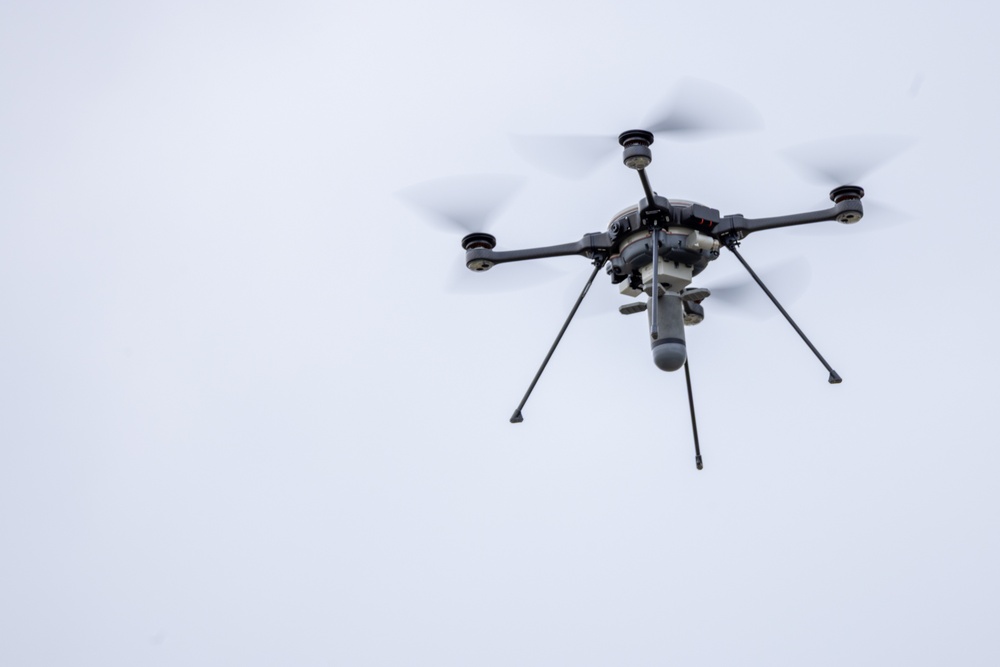Concurrently, these fighters are to be equipped with electronic attack capabilities, signalling Sweden’s intent to develop its ability for Suppression/Destruction of Enemy Air Defences (SEAD/DEAD). Anti-radiation missiles play a pivotal role in this strategy, allowing for the detection and destruction of air defence radars through their emissions.
There is no specific information regarding which missiles Sweden intends to procure. However, it is notable that Finland, with whom Sweden closely cooperates, recently decided to purchase 150 AARGM-ER missiles, a decision approved by the U.S. Department of State. These missiles are designed for internal carriage by F-35 fighters, boasting a range of 250 km, high speed, and a digital passive radar seeker integrated with a millimetre-wave radar and INS/GPS navigation modules. Like the standard AARGM with which they share guidance systems, they can target radar stations, even if they have been deactivated or are relocating, as well as other targets with known coordinates.
Prior to this, from 2025 to 2030, the Gripen C/D and E variants are set to be integrated into NATO’s unified air defence system and will acquire initial capabilities to engage targets deep within enemy territory. The Swedish army’s development programme does not specify how this capability will be achieved, but the Gripen has already been preliminarily integrated with the Taurus KEPD 350 cruise missiles.
As Sweden continues to enhance its military prowess, the integration of ARMs onto the Gripen E represents a significant leap in the nation’s defensive and offensive capabilities, aligning with the broader objectives of NATO and ensuring the preparedness of its air force for future challenges.
















![Northrop Grumman conducts successful test of Mars ascent rocket motor [VIDEO]](https://defence-industry.eu/wp-content/uploads/2025/07/Northrop-Grumman-conducts-successful-test-of-Mars-ascent-rocket-motor-VIDEO.jpg)











